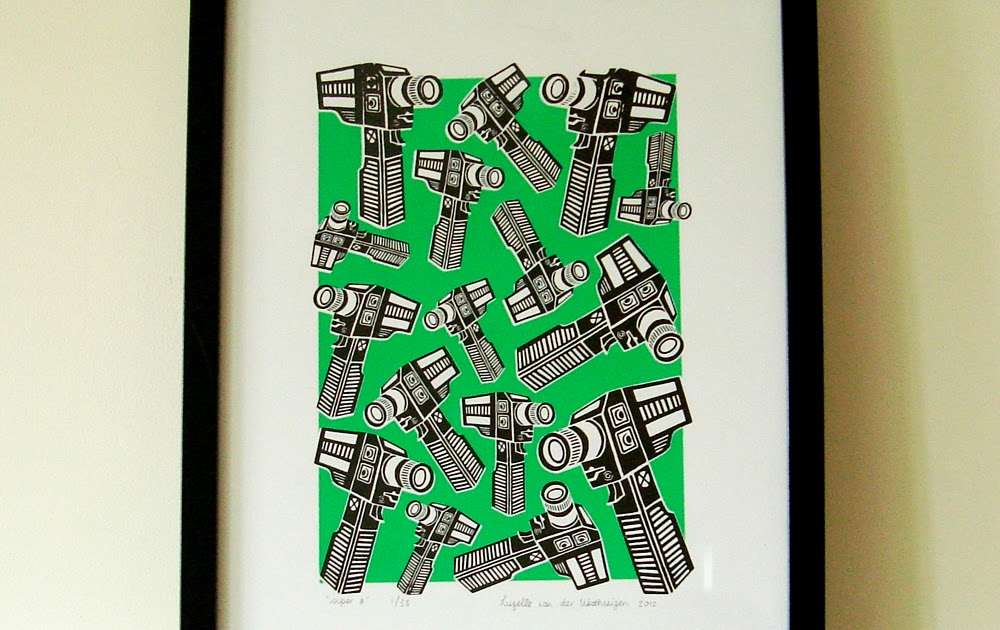
With lower quality papers one runs the risk of what we call “potato chipping” where the forces of expansion and contraction of multiple coats of ink warp the paper. It’s a durable, stiff and smooth paper that is easy to print on because it doesn’t warp when laying down a lot of colours. We look at the swatch books together if they are local to our studio.Ĭoventry Rag Smooth. When they are looking for something different, I work with them to figure out what is within their budget that will fit with their artwork.

We can print up to 38×58 right now, so the 44×60 is great for that. We guide the process pretty heavily since many of the artists do not know the available options. At Serio Press, the most he has done was by an artist named Tristan Eaton, published by Uncommon Editions, called “Medusa” with 24 colours.ĭo the artists choose papers according to their own style? Do they look to the printer to choose the paper? Tony, the Master Printer, printed a 39 colour print by Carlos Almaraz “Night Theatre” 47 5/8″ x 32 3/8″ when he was printing at Modern Multiples. What are the most colours you’ve laid down on a sheet? People like that they have reliable alternatives for the papers that are not 100% cotton. For instance, we’ve printed a few editions using the Sirio Ultra Black, because even though it’s cellulose, it’s made using virgin fibers, which makes the paper more durable. They want to know that the paper is high quality and archival though, so it’s nice to know that we can trust that the paper from Legion is reliable for fine art prints. However, there are an increasing amount of artists who want something more unique. Most of our clients prefer using the 100% cotton paper, because they want to differentiate their fine art prints from the more casual poster prints done on the commercial papers. The Arches Cover black is great as a more traditional choice for black paper. The Somerset is the only rag paper that we can get that comes in that Radiant White so we’ve used that a few times. We’ve also used Yupo to recreate art that was originally painted on matte mylar. Arches and Rives are more expensive but have a very soft texture that is beautiful. Stonehenge 22×30 is a good paper for smaller prints. The cotton fibres are more durable and receive the ink well. Some of the commercial papers on the market, even though they are made for silkscreen printing, react in unexpected ways and can cause problems such as mis-registrations, waviness of the paper, and can sometimes make the ink colours look dull.

Since we do fine art serigraph printing using water-based inks, we prefer 100% cotton paper, since that is what is used traditionally for fine art printing. Most of the time, it comes down to pricing and size for the artists. Over the years, we’ve continued to improve our papers to meet the demands of our customers. Our papers have been used for screenprints by a wide range of artists & printers – from small poster shops to some of the 20th and 21st century icons including Andy Warhol, Jean-Michel Basquiat, Keith Haring, Erte, Jeff Koons, Alex Katz, Donald Sultan, Claes Oldenburg, Damien Hirst, Shepard Fairey, Roy Lichtenstein and Ed Ruscha.

We’re fortunate to have worked with hundreds of printers around the world going back fifty years. More “commercial”, poster-type papers can react in unexpected ways, causing printing issues, as well as not being able to stand up to sunlight and the test of time. But beyond that, there are other aspects to consider as paper quality plays a large role in the value and quality of your print.

There’s always personal preference – what look are you trying to achieve? This will help determine the colour, texture and possibly weight. But when it comes to making a high-quality print – something to be sold, something that will last, something to hang on a wall or in a frame, something to show in a gallery – it’s a little more involved. Choosing a paper for screenprinting should be easy, right? If you can screen print on a t-shirt or a piece of wood, how hard can choosing a paper be? If you’re making a quick, inexpensive poster – choosing a paper can be simple.


 0 kommentar(er)
0 kommentar(er)
